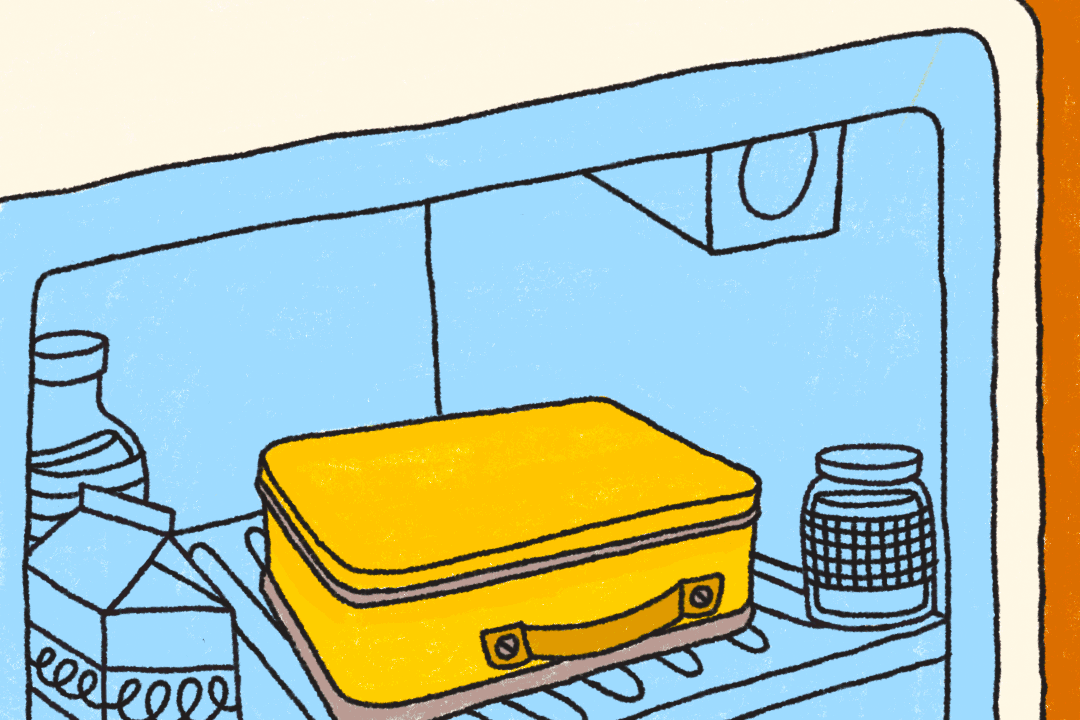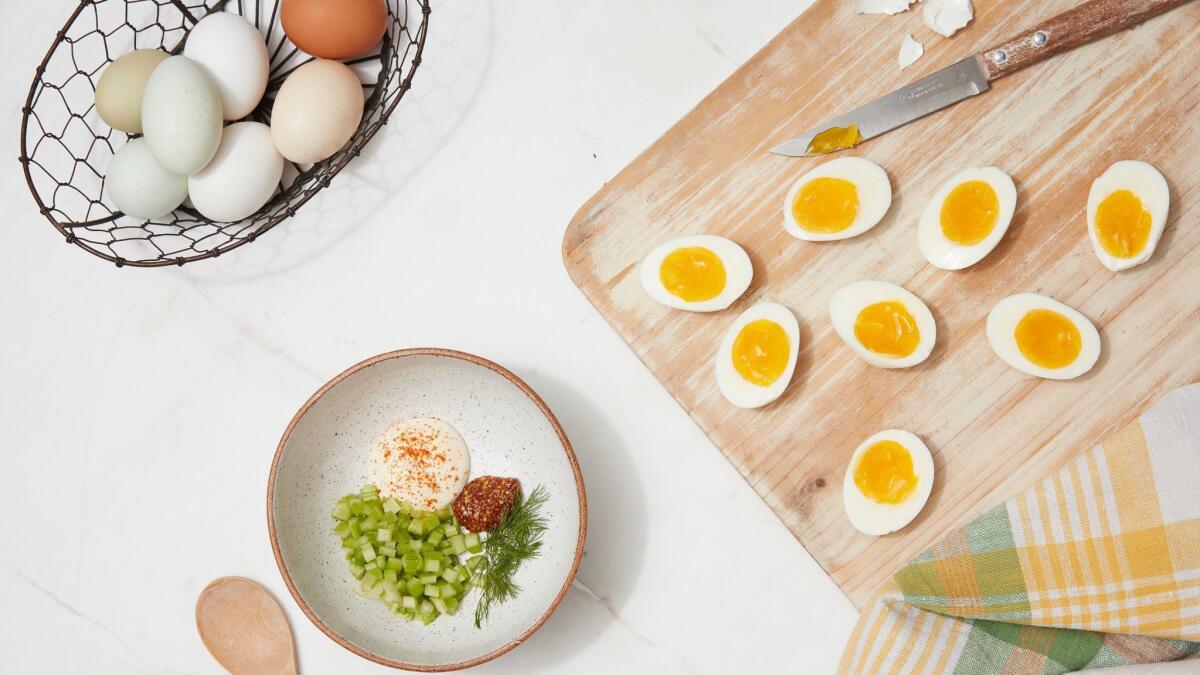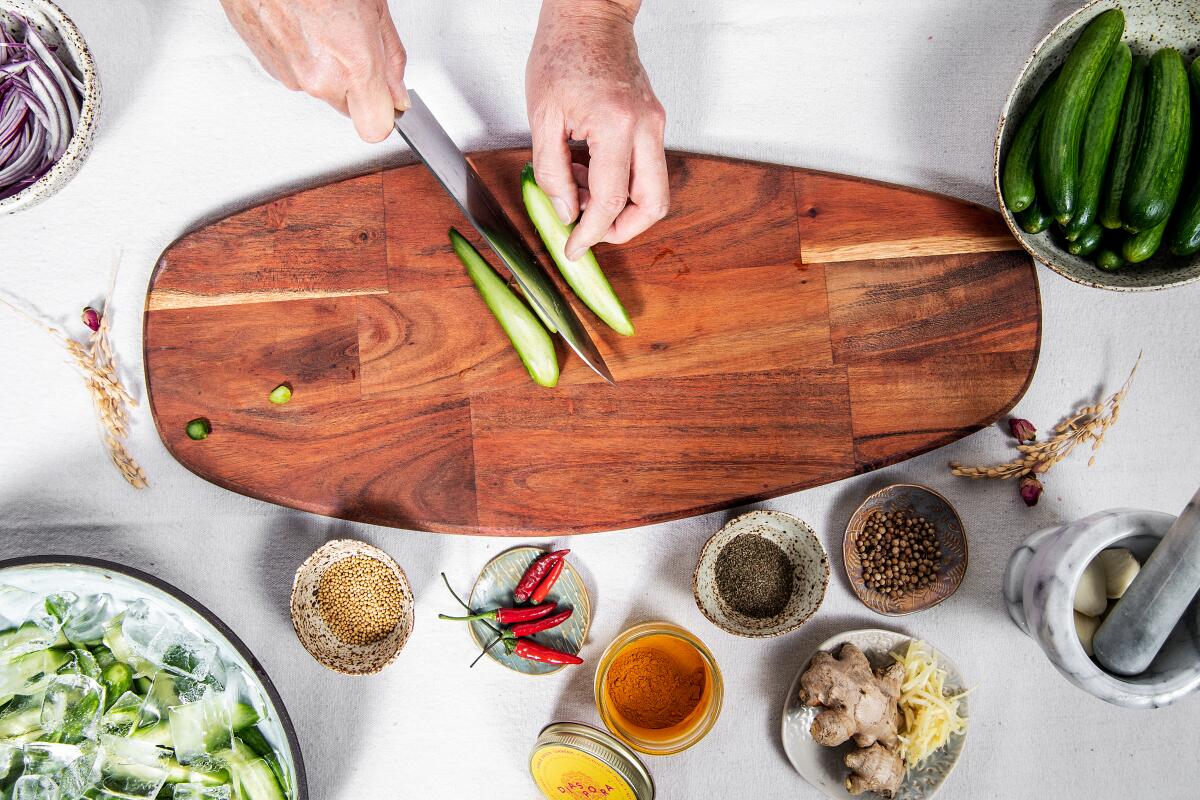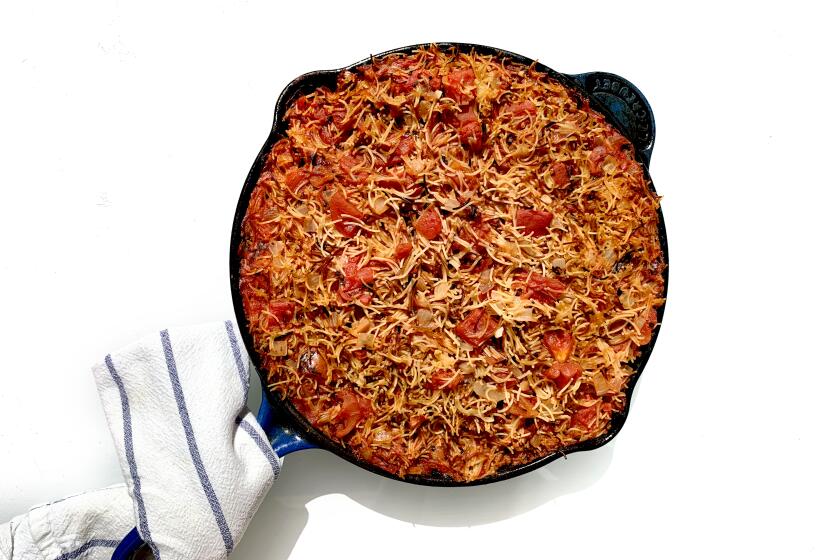8 ways to make school-at-home lunches easier

I love cooking â thatâs why I donât like packing school lunches. Itâs no fun making food that inevitably tastes subpar after hanging out in a brown bag for hours. Online schooling eliminates that issue but invites countless other mealtime problems, so Iâm approaching âschool lunchâ the same way I always have: as a chore, not a joy. (And yes, Iâm writing less as a professional cook and more as a working mother of three who is very, very tired.)
Brown Sugar Cookies With Maple Drizzle
The tips below come from years of optimizing efficiency in restaurant and test kitchens and in my kitchen at home as well. They also address the cooking questions mom friends have asked me since quarantine started and the challenges theyâve shared. Feeding children is as much a mental and emotional struggle as it is a logistical one. Here are some ways to make it easier:
Go easy on yourself
You donât need to stack artisanal sandwiches or fashion Hello Kitty faces on onigiri rice balls concocted from ham and seaweed. If you have the desire and energy for that next-level lunch-making, go for it. If not, donât feel bad about it.
There have been days when Iâm so exhausted from work (ironically, cooking) that Iâve simply popped open a can of beans, cut up a pepper and tossed string cheese packs on the table for a âmeal.â My kids are still alive.
Donât make three meals a day; batch cook for future meals
In April, one of my friends told me how wiped out she was from cooking breakfast, lunch and dinner â and doing all the dishes in between. My response: Thatâs crazy. Unless you actively want to be doing all that, donât.
Instead, cook a lot when you feel like it and save leftovers for the times you lack kitchen motivation. Morning people can make huge breakfasts that last until lunch; folks with evening meetings can prep enough lunch to stretch to dinner. If youâd rather not eat the same thing for two meals in a row, refrigerate or freeze leftovers to reheat for future meals.

If you donât want to do breakfast, buy cereal or make a big pot of oatmeal to last all week. If your kids insist on eggs every day, teach them to fry or scramble their own if theyâre old enough to deal with the stove. Otherwise, boil half a dozen at once and keep them in a grab-bowl in the fridge. To streamline daily lunch prep, prepare big batches of building blocks, such as grains and beans, and keep them ready-to-scoop in refrigerated airtight containers.
Create a lunch routine
A lot of kids are perfectly content eating the same lunch most days or prefer the regularity of a scheduled menu. (And most home cooks find that deciding what to make is half the struggle of preparing a meal.) Make everyone happy by establishing a regular lunch repertoire: You can keep dishes in rotation to eat when cravings strike or assign certain lunches to certain days. My youngest always looked forward to âpasta Mondaysâ in her school cafeteria, so Iâm going to re-create that for her, both to make her happy and to eliminate the stress of decision-making for me.
Leftovers are the best
If thereâs a silver lining to school-at-home, itâs the ability to reheat leftovers for your kids midday. Popping a plate in the microwave takes less time than slapping together a grilled cheese sandwich, and it feels special to eat a steaming not-steam-table hot lunch.
Prepare dishes that hold up or even improve post-chill, such as roasted vegetables or anything stewed or braised. Rice, whether fried or seasoned with cilantro and lime, still tastes great after zapping. While pasta usually doesnât reheat well, this one-pan number does. Toasting the noodles first keeps them al dente forever.
One-Pan Pasta with Tomato Sauce
Assemble a âlunch boxâ for the fridge
If youâre more of a cold-lunch family, make last-minute assembly easier by keeping all the ingredients together. Once youâve figured out your repertoire, group what you need in an open container in the fridge. When itâs time for lunch, simply slide out the box full of sandwich or taco or salad fixings. It saves a little time and a lot of frustration digging around for that pack of sliced provolone. Do the same for any pantry items dedicated to lunch, keeping the box easily accessible wherever you have space.
If youâre adding leftovers or other unmarked ingredient containers to either box, use painterâs or masking tape to label them. So when someone who knows how to read keeps asking, âWhat do we have for lunch?,â you can simply gesture toward your lovely labels.
Experiment with seasoning vegetables
Iâm often asked how to get kids to like vegetables and other nutritious foods, and I wish I had a magic solution that works for everyone. The one thing I can say is that a little seasoning goes a long way. Some kids like plain raw carrots, celery, cucumbers and tomatoes. All of those options â and really, anything else â taste better with a little sprinkle of salt. If youâre feeling ambitious, you can make a dip, salsa, dressing or crunchy topping to serve with raw and cooked vegetables.

Pickles add a bright tang to a meal, and homemade ones can be a fun family project. If you want an instant pickle-y option, simply toss sliced vegetables with a pinch each of salt and sugar and a splash of lemon juice or vinegar.
Let kids DIY
One of the first lessons in any professional kitchen is to taste what youâre cooking. You become invested in the dishâs outcome and learn about seasoning in the process. Over many years of teaching cooking classes and hosting playdates, Iâve seen how getting kids involved in prepping the meal makes them more likely to eat the food. Even toddlers can have a (messy) hand in it. Whether they sprinkle cheese on a tortilla, spread jelly over peanut butter or stir sauce into ramen, theyâll be more excited to eat their own creations.
I would be lying if I said this will make your life easier. It will not. It will make your kitchen messier and take more time, but it may make your little (and big) ones consume more if theyâre fussy eaters.
Older kids can make their own lunches from start to finish, and yes, that process should include putting dishes away. You can set up the menu and fridge lunch-box, or let them determine what they want. My daughters are now teenagers and enjoy putting together their own midday meals. And because grocery shopping is one of the few things they can do during quarantine, they also like trips to choose their own ingredients.

Bake cookies
With everything we have to do as parents during online schooling, baking cookies may not seem like a smart move. Itâs neither âlunchâ nor âvegetables.â But the act of it can be therapeutic alone time or sweet family bonding time, and the result of it is a way to brighten kidsâ âschoolâ days. Cookies canât replace classmates or teachers or recess (or lunch, I guess), but they can bring joy.
More to Read
Eat your way across L.A.
Get our weekly Tasting Notes newsletter for reviews, news and more.
You may occasionally receive promotional content from the Los Angeles Times.












